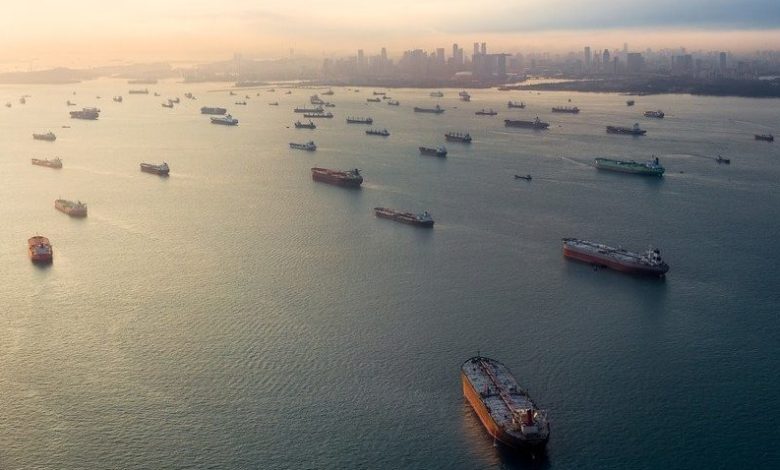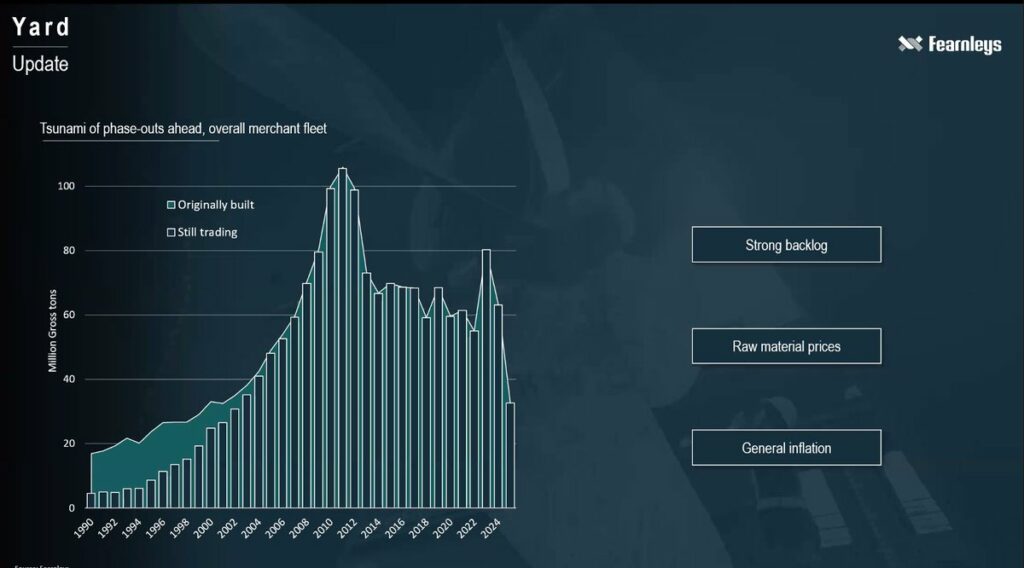Global merchant fleet ageing rapidly

The global merchant fleet is getting old fast with a growing number of experts suggesting shipping could face a bottleneck in the coming years as a paucity of available newbuild slots fail to cover the volume of ships hitting their demolition age.
Data from Greece’s Xclusiv Shipbrokers shows that in the space of the last year the number of tankers aged 21 or more has grown by 21%, almost two and a half times the current tanker orderbook, showing clearly that the tanker fleet will shrink in the coming years. The dry bulk fleet aged over 21 years old has increased by 10% over the past 12 months, with vintage boxships showing a 21% increase, according to Xclusiv.
Xclusiv is forecasting that ships on order for both the dry bulk and tanker segments will not offset the vessels set to be demolished.
The ageing tanker fleet – combined with a rush to ship Russian cargoes on different vessels – has been reflected in the sale and purchase market. According to VesselsValue, the average age of tankers sold so far this year is 16.
While tankers and bulkers have taken a backseat to containers and LNG at shipyard boardrooms over the past couple of years, 2023 has seen orders start to pick up belatedly.
Nevertheless, available delivery slots are far off. Braemar analysis suggests globally shipyard capacity has shrunk by a third since 2010. However, a number of shuttered Chinese yards are dusting off their facilities.
Norwegian broker Fearnleys warned in a presentation given in January that as this decade progresses a shipbuilding bottleneck will emerge, which will be a “tailwind” for all shipping sectors.

